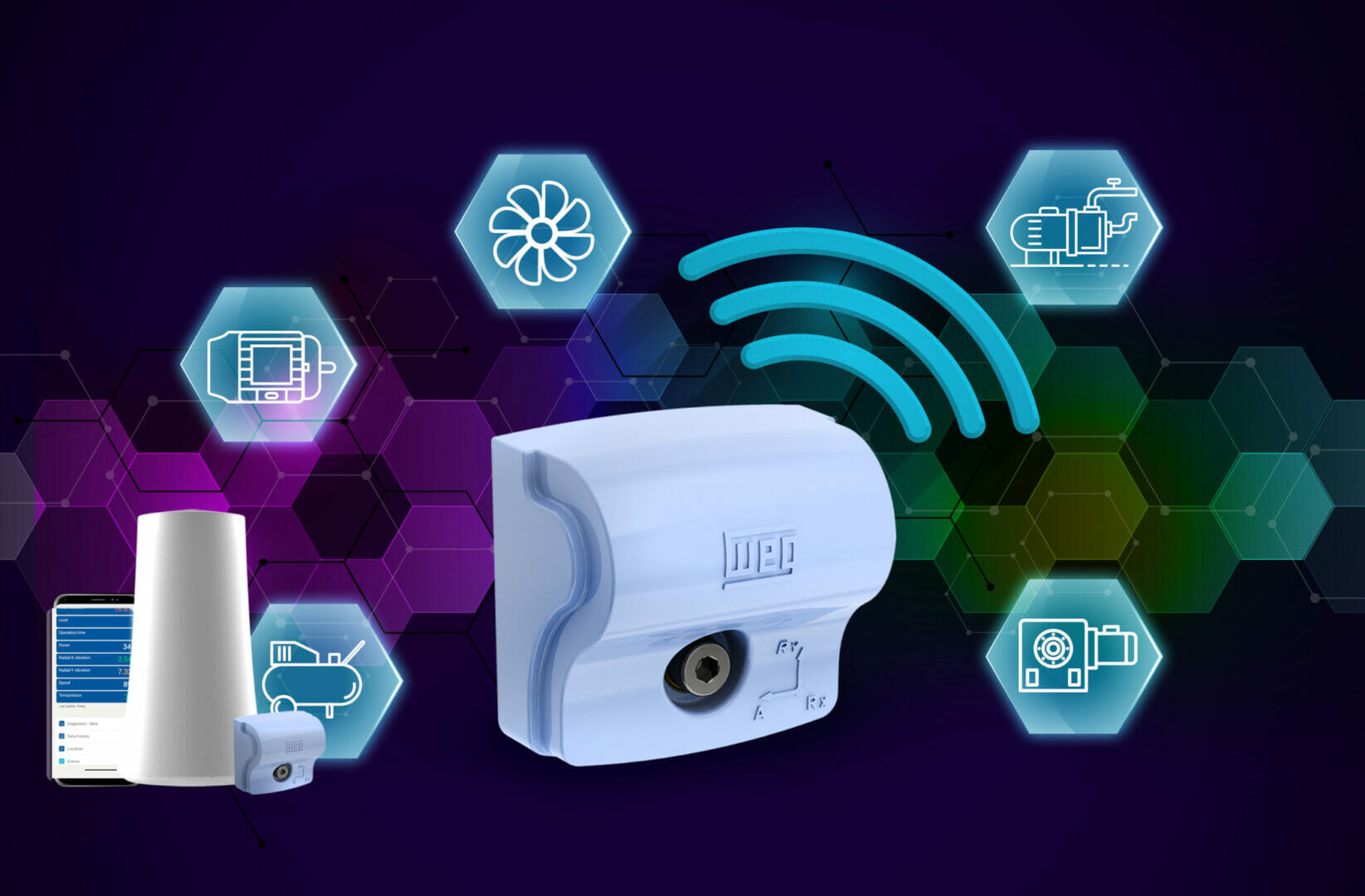~ Has energy efficiency always driven the design of electric motors? ~
Over 200 years, electric motors have evolved into one of the largest single consumers of energy in the world and, today, they account for around 45 per cent of global energy consumption. Here, Marek Lukaszczyk, European and Middle East marketing manager at WEG, the global manufacturer and supplier of motors and drive technology, explains why, and how, motor designs and innovations have always strived for new levels of efficiency.
The global energy consumption of electric motors is significant, but also testament to how much they are relied upon worldwide to convert electrical energy into mechanical energy. After all, motors are used in everything from fans, blowers and pumps to machine tools, household appliances, cars and power tools.
But these statistics also highlight the challenges that manufacturers face in improving the efficiency of motors and reducing their energy use.
From DC to AC
Design innovation in electric motors is driven by the need for performance, affordability, energy efficiency and connectivity. These needs have evolved over the last two centuries, starting in 1824 with Moritz Herrmann von Jacobi’s creation of the first actual rotary electric motor, which was made possible because of previous inventions like the battery and the electromagnet.
In 1866, the German engineer Werner von Siemens created the possibility of supplying electric motors with low-cost energy, after which various direct current (DC) motors began to be manufactured for industry and transport. Nonetheless, DC motors still had problems: they were large, noisy and generated sparks every time the commutator shorted to reverse the direction of the electric current.
That is how alternating current (AC) motors came to be. It was a few years later, in 1889, that the electrical engineer Michael von Dolivo-Dobrowolsky patented an efficient AC motor. It had three phases and a rotor cage. Rated at 80 Watts, with a return on energy investment of 80 per cent, the AC motor was simpler, safer and quieter with fewer maintenance problems. From this notable advance, the era of the more efficient electric motor was finally underway. Designs of electric motors — and innovations in the field — have been driven by customers’ growing needs for performance, affordability, energy efficiency and connectivity ever since.
Today, the flexibility of electric motor design is well-established and they have a variety of special uses in industries, power plants and agribusiness. Instead, the challenge lies around improving their efficiency and reducing their burden on electricity supplies.
Gaining efficiency
Various improvements in electric motor technologies have been introduced to meet the evolving IE standards, and WEG Industries’ own engineers have investigated numerous techniques. Since the company was formed in Brazil in 1961, it has achieved notable advances in the design and production of electric motors. The advancements pertain to weight reduction, and experimenting with new materials like plastic, aluminium and new insulators to create different possibilities for the use of these machines.
One is the use of permanent magnet (PM) motors, AC motors in which magnets are imbedded into, or attached to, the surface of the motor’s rotor. The magnetic field of the magnets reacts with the magnetic field created by AC in the stator and this drives the motor’s rotating armature. The magnetic torque then mixes with reluctance torque, which acts on the magnet material and aligns with the magnetic flux passing through the motor. This minimises reluctance, and the resulting rotating magnetic field provides constant torque without the need for forced ventilation.
WEG was the first manufacturer and supplier of drives and motors to discuss the IE4 and IE5 standards and, for the latter, developed an IE5 PM motor as part of its W22 series. With permanent high-performance magnets inside its rotor, the W22 PM offers more horsepower per frame size and a wide range of torque, while keeping this constant without the need for forced ventilation. From this better speed control, comes greater energy efficiency and a longer performance lifespan.
Introducing electronics
Historically, the main breakthrough at WEG and other manufacturers has been the use of electronics, both in the composition and in manufacture of electric motors. Electronics can include installing retrofit sensors that measure important metrics in real-time, like vibration and temperature, to identify any motor problems ahead of potential failure. With sensor-based applications, such as WEG Motor Scan, motor data is extracted and sent to a smartphone or tablet.
Where are the energy savings? Firstly, they can be used to detect vibrations in the motor, because vibrations typically equate to energy lost as unwanted movement or sound. Secondly, the prevention of shutdowns avoids consequent production losses and requirements for additional energy to restart the machinery.
Those are just some of the possibilities, as electric motor technologies build on 200 years of legacy and continue to evolve. Ultimately, the onus remains on engineers to ensure that, as in previous centuries, electric motor designs continually evolve to meet the changing requirements of the modern world.
For information about WEG’s product range, visit www.weg.net.









